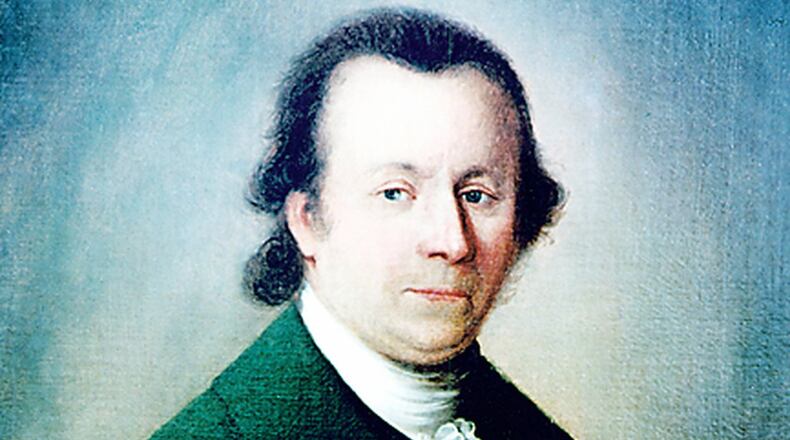It’s been one heckuva 200 years in Gwinnett County.
What began as a sparsely populated agrarian community, carved out of land taken from the Creek and Cherokee tribes, has given way to a bustling suburb with nearly a million people, more diverse than early settlers could have imagined. The county that started operations in the home of a man named Elisha Winn now has a $1.8 billion budget, boasts a nationally acclaimed school system and is on the verge of welcoming in mass transit.
Now it’s time to party.
Gwinnett's yearlong celebration culminates Saturday with the county's 200th birthday bash.
From 10 a.m. to 2 p.m., the Hudgens Center for Art and Learning will play host to a Family Cultural Birthday Party. The free event will include performers representing cultures from across the globe, and visitors can venture from room to room to experience different continents (and eat free cupcakes, while they last).
Kids can create crafts and get their “bicentennial passports” stamped. Food trucks and s’mores also will be involved.
Later, the grown folks play.
Starting at 6 p.m., the county will host a swanky cocktail party and dinner gala in the Infinite Energy Center ballroom.
Tickets are $125 per person and can be purchased at gwinnett200birthday.com/events.
While Gwinnett Commission Chairman Charlotte Nash said many as 1,500 people are expected at Saturday’s gala, the county has mostly eschewed large celebrations during its year-long commemoration.
More than 365 events — many organized by groups outside the actual county government — have marked the bicentennial in some form or fashion, Nash said.
The county also will dedicate next week a new bicentennial trail and plaza built near downtown Lawrenceville.
A brief look at Gwinnett County’s history:
1818: The county is founded and christened after one of three Georgians to sign the Declaration of Independence (despite Button Gwinnett having died four decades prior and having no real connection to the area).
1819: The home of Elisha Winn is chosen as Gwinnett's very first courthouse.
1868: Gwinnett's first major industry arrives in the form of R.H. Allen Tannery. R.H.'s brother, Bona, would soon purchase the business and wrap it into his own Buford-based tannery — which would employ nearly 10 percent of Gwinnett's population during the Great Depression years and become nationally known (making saddles and such for Hollywood stars like Roy Rogers).
1871: The first railroad line is built through Gwinnett, sparking the creation of a handful of new cities.
1924: Gwinnett gets its first paved road: "the Lawrenceville-Decatur road," current day U.S. 29/Ga. 8.
1950: The federal government gives the go-ahead for the construction of the Buford Dam, a project that would stop up the Chattahoochee River near Gwinnett's northeasternmost border and create manmade Lake Lanier. The lake would bring recreation, a new water supply and hydroelectric power to the region and start ushering Gwinnett into the modern era.
1970: Cable manufacturer Western Electric opens a facility near present-day I-85 and Jimmy Carter Boulevard, creating about 2,500 jobs and helping trigger housing and construction booms that would make Gwinnett among the country's fastest-growing counties for the next several decades.
1996: Gwinnett hosts a handful of events during Atlanta's Olympic Games, including tennis at the brand new Stone Mountain Tennis Center.
2020: Gwinnett is expected to eclipse 1 million residents.
About the Author
Keep Reading
The Latest
Featured


